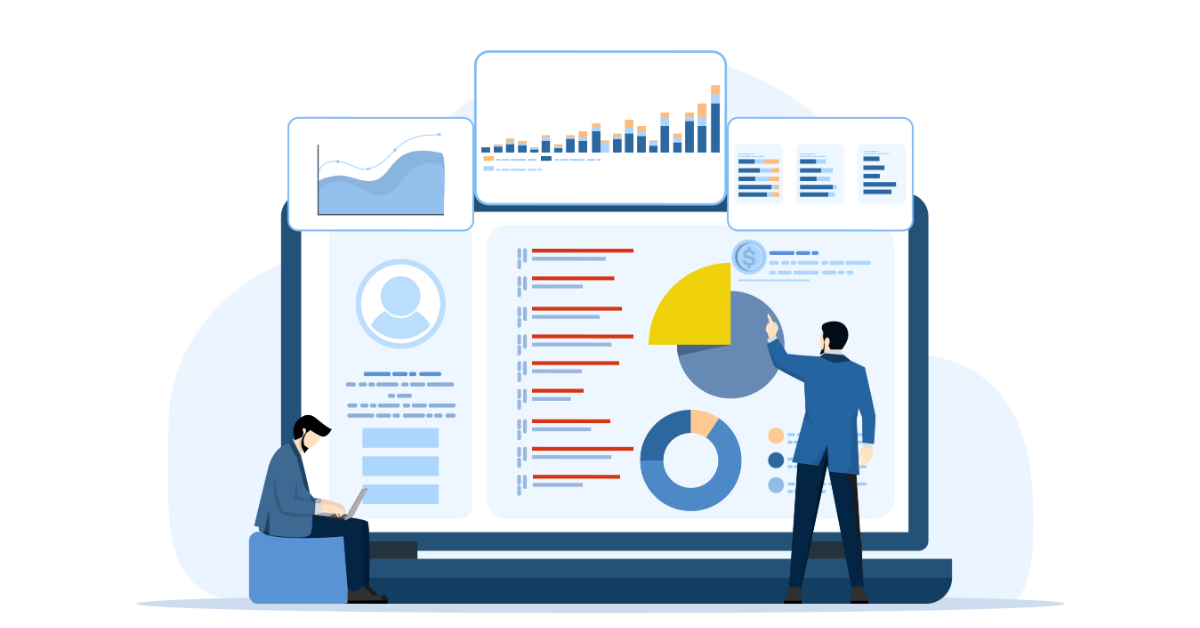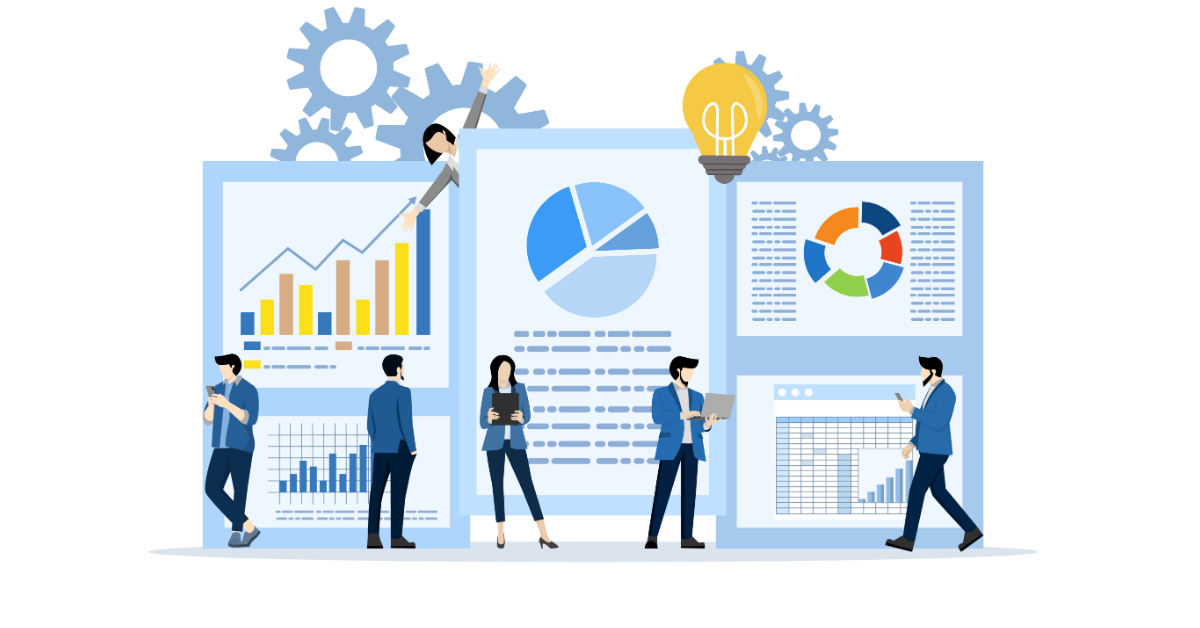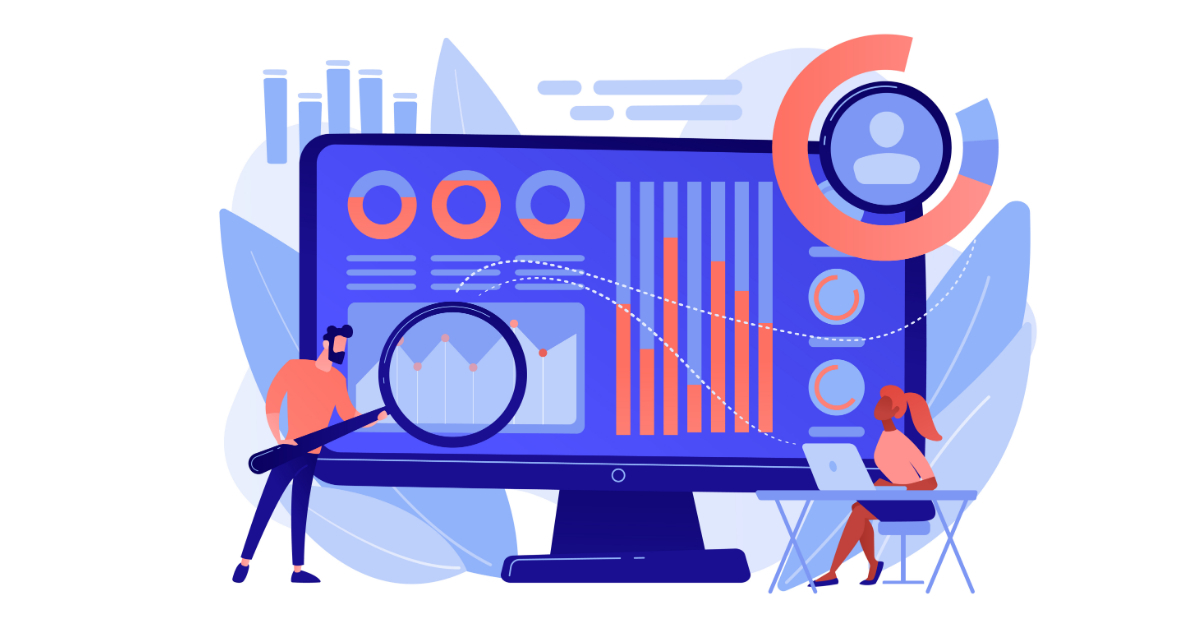What you need to know about Strategic Data Capture
What is strategic data capture?
Strategic data capture involves the intentional and systematic collection of data that’s directly relevant to your business goals and objectives. It's not just about gathering any and all data, but focusing on the information that will help you make informed decisions and drive growth.
Why should businesses conduct strategic data capture?
Strategic data capture is crucial because it helps your business to understand your customers better, track important metrics, and make data-driven decisions. By capturing the right data, you can personalise customer experiences, improve marketing (sales, and customer service) strategies, and enhance overall operational efficiency.
Is there such a thing as capturing too much data?
Yes, capturing too much data can overwhelm businesses and lead to major inefficiencies. Not only does the job of finding, sorting, and cleaning data become super difficult, but you may also experience what’s known as analysis paralysis. This where too much data, thinking and analysis leaves you unable to actually make any helpful decisions. That’s why it's important to focus on quality over quantity when it comes to data collection. Collecting irrelevant or redundant data not only wastes resources but also makes it harder to extract meaningful insights.
What are the signs your business is collecting too much data?
The following are common signs of data overload:
-
Constantly running out of storage space or dealing with escalating costs related to data storage
-
Struggling to analyse your data with the processes for analysis becoming slower and less accurate
-
Not being able to extract any meaningful actionable insights from the data
-
Difficulty maintaining data security and compliance due to volume of data
We tend to see a lot of customers generating hundreds of different kinds of data reports, when in reality they only need to be looking at a few key ones. If you are experiencing any of the above signs, you should review your data collection processes and make sure they align more closely with your strategic business goals.
Ask yourself:
-
What are you trying to achieve?
-
What data is going to help you do that?
-
How are you going to measure that data?
-
What do you need to measure the key metrics?
Step by step guide for strategic data capture
Define strategic objectives
Start by clearly defining your business’s strategic objectives:
-
What do you want to gain through data capture?
-
Do you want to improve customer satisfaction?
-
Do you want to increase your sales?
-
Do you want to personalise your marketing campaigns to segmented audiences?
Understanding and alignment around these objectives is the first (and most crucial) step in strategic data capture.
Identify key metrics
Next, decide on the key metrics that align with your strategic objectives. For example, if your goal is to increase customer satisfaction, then you’ll likely want metrics on customer retention rates, customer churn rates, and repeat purchase rates. Narrowing down key metrics means that you focus on collecting relevant, actionable data.
Select data sources
Determine where your data will come from. This may include Customer Relationship Management (CRM) systems, website analytics tools, social media platforms, customer feedback surveys (NPS, CSAT and CES), and more. Choose data sources that provide relevant insights into your identified key metrics. For example, if your goal is to build a stronger brand online, one of your key metrics may be social media engagement—meaning that social media platforms will make up one of your data sources.
Implement data collection tools
Tools like HubSpot’s CRM system, Google Analytics, customer survey tools, or custom data collection scripts, automate data collection processes and ensure data is captured accurately and consistently. Ideally, most of your data collection processes will be automated so you can maintain as much consistency as possible—both through your methods of data collection and the quality of the data itself.
Ensure data quality
Keep up the standard of your data quality by validating and cleaning data regularly. Remove duplicates, correct errors, and standardise formats to ensure data accuracy. As mentioned in our using data analytics to grow your business blog, the cost of verifying a data record is $1, the cost of fixing a data record is $10, and the cost of doing nothing is $100 per record— a figure that accounts for opportunity and operational costs. Clean, quality data is essential for revenue generating decision making.
Organise and store data
Organise your data in a structured way so your team can access what they need quickly and easily. There’s nothing worse than having to spend hours hunting for even the most basic data points. Use data management practices such as categorisation, tagging, and proper naming conventions. Choose secure storage solutions that comply with data protection regulations like Snowflake or Big Query.
It’s also worth having a data champion—a dedicated team member who makes the updates to your data. This way you have a standard for adding new fields (e.g. naming conventions for data points), you are less likely to have duplicate fields, and the team has a person to go to when there is any confusion.
Generate reports and visualisations for analysis
Visual representations like charts, graphs, and dashboards make complex data easier to understand and act upon—which is especially important when you’re relaying important data to c-suites and stakeholders. Typically a CRM will have some built in ability around this. For example, the HubSpot CRM has advanced reporting capabilities that allow users to create customised reports, live dashboards, and extract specific data metrics based on their needs. This means that with HubSpot, your data can be stored and analysed thoroughly in the same platform.
Iterate and improve
Continuously review and refine your data capture and analysis processes. Incorporate feedback, update metrics as needed, and explore new data sources or tools. Continuous improvement ensures your data strategy remains aligned with the needs of your business, ultimately giving you the strongest launchpad for stronger and more fruitful decision making.
Data management with the HubSpot CRM
HubSpot’s CRM empowers businesses with super useful data management capabilities that streamline operations and enhance customer engagement. It offers a unified platform for storing and organising customer data, giving teams a 360-degree view of customer interactions across marketing, sales, and service channels. Automated data capture, segmentation tools, and integration capabilities, combined with built-in analytics and reporting features make it easy for businesses to capture, store, analyse, and report on data with just a few clicks.
If you'd like to know more about HubSpot's data management capabilities, email us at support@hypeanddexter.com or get in touch with us through our contact us page.



Comments